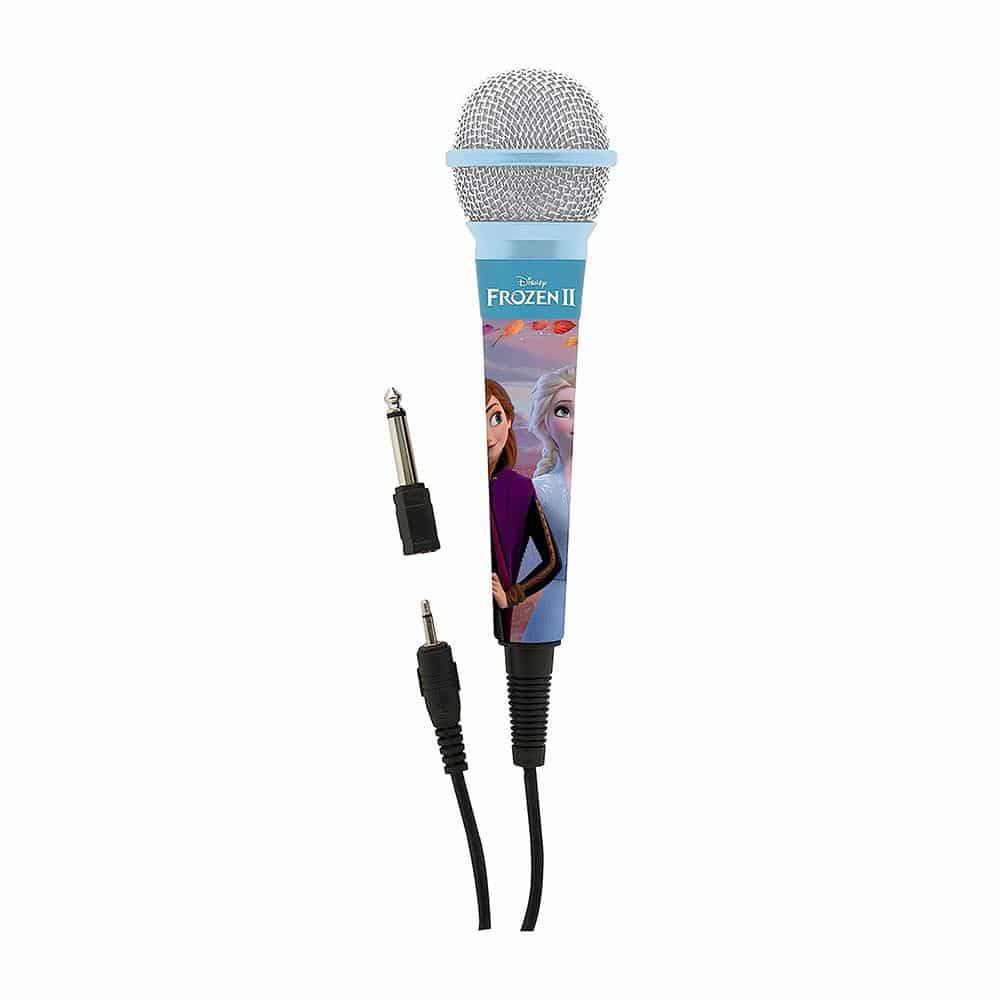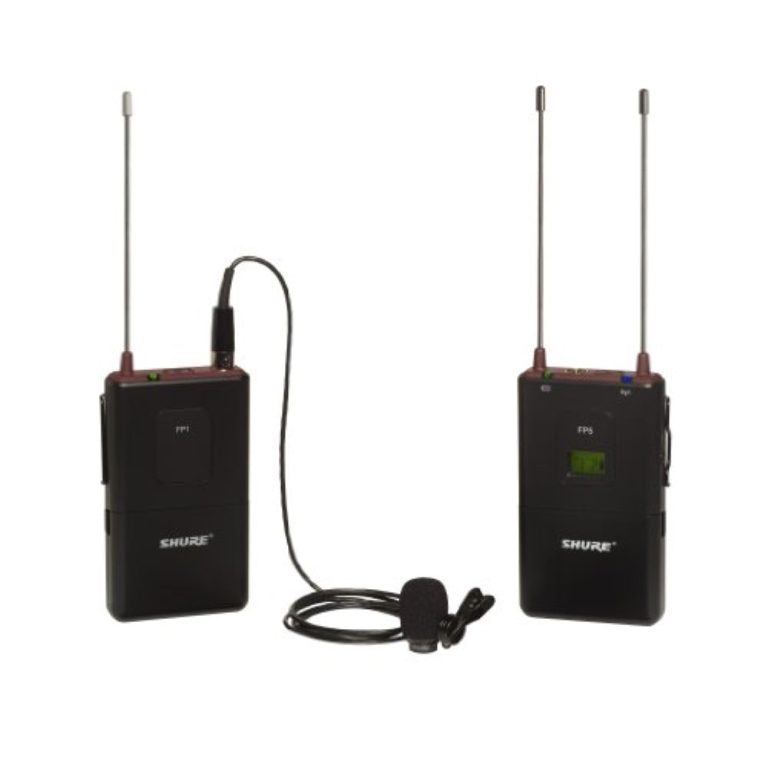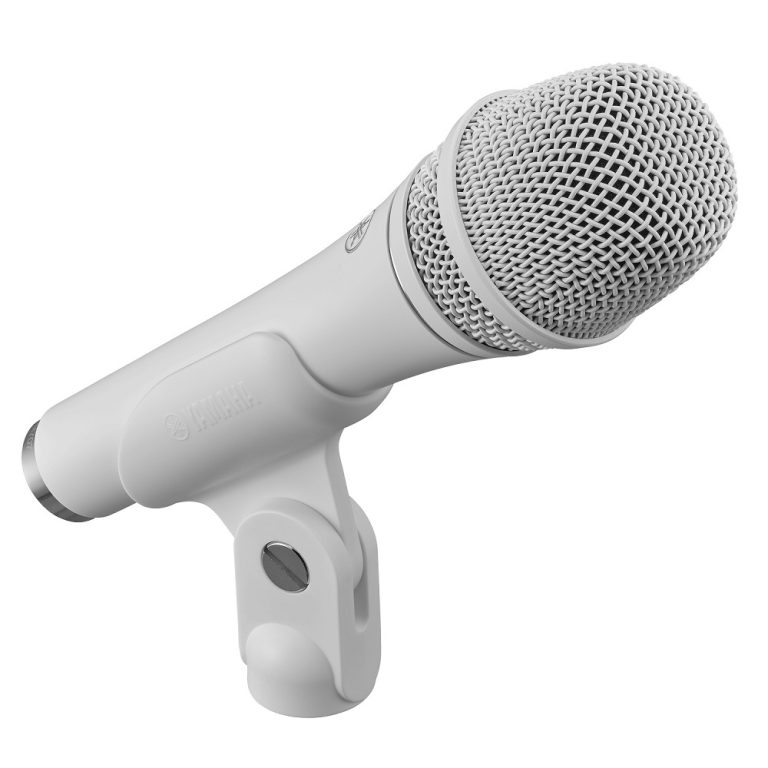Microphone issues can be frustrating, especially for users who rely on audio input for communication during meetings, streaming sessions, or recording purposes. One common problem that users encounter is a frozen microphone, where the audio input suddenly stops working or becomes unresponsive. This can lead to interruptions during calls or loss of important data. Understanding how to prevent and resolve these microphone issues is essential for maintaining seamless communication and productivity.
In this article, we will explore the causes of frozen microphone issues, preventive measures, and effective troubleshooting steps. With this knowledge, you can ensure that your microphone performs reliably every time.
Understanding Frozen Microphone Issues
Common Causes
Several factors can contribute to a frozen microphone. One of the most prevalent causes is software conflicts. When multiple applications attempt to use the microphone simultaneously, it can result in a freeze or malfunction. This can happen during video conferences, gaming sessions, or when using recording software.
Another common issue stems from hardware problems. Loose connections, damaged cables, or faulty microphone units can lead to audio input interruptions. Additionally, external factors, such as dust or moisture, can affect the microphone’s performance. In some instances, operating system settings may not be configured correctly, causing compatibility issues with the microphone.
Identifying Symptoms
Recognizing the symptoms of a frozen microphone is the first step toward resolving the issue. Users may experience sudden silence during calls, distorted audio, or intermittent sounds. In some cases, the microphone indicator on devices may show it is disabled, even when the hardware is plugged in.
When these symptoms occur, it is essential to troubleshoot the problem promptly. Ignoring microphone issues can lead to missed communications or poor audio quality, which can be detrimental in professional and personal settings.

Preventive Measures
Checking Hardware Connections
One of the simplest ways to prevent frozen microphone issues is to ensure that all hardware connections are secure. Regularly check the microphone’s cable and connectors to make sure they are not damaged or loose. If you are using a USB microphone, try different ports on your computer to rule out faulty connections.
If your microphone is connected through an audio interface or mixer, ensure that all cables are properly seated. Wiggling or moving cables can sometimes reveal loose connections. Additionally, consider using high-quality cables that are less prone to wear and tear over time.
Keeping Software Updated
Keeping your operating system and audio drivers updated is essential for preventing microphone issues. Regular updates often include bug fixes, performance improvements, and new features that optimize hardware functionality. Check your computer’s settings and manufacturer websites for updates related to sound drivers and software.
For specific applications that utilize the microphone, ensure that they are also running the latest versions. Outdated software can create conflicts that affect hardware performance. Enabling automatic updates, when possible, can help maintain the latest versions without manual effort.
Configuring Microphone Settings
Accessing Audio Settings
Properly configuring microphone settings on your device can significantly reduce the chances of encountering frozen microphone issues. Begin by accessing your computer’s audio settings. On Windows, right-click the speaker icon in the system tray and choose “Sounds.” From there, select the “Recording” tab to see all available microphones.
On macOS, go to “System Preferences” and then “Sound” to adjust microphone settings. Ensure that the correct microphone is selected as the input device. If multiple microphones are available, this step helps prevent potential conflicts that could freeze audio input.
Adjusting Input Levels
Note that input levels can also impact microphone performance. If the sensitivity is set too high, it may pick up background noise and interfere with audio clarity. Conversely, if set too low, users may notice audio unresponsiveness, leading to the appearance of a frozen microphone.
To adjust input levels, find the volume control in the audio settings mentioned previously. Test the microphone settings while speaking to gauge input levels. It’s advisable to conduct these adjustments in a quiet environment to ensure accurate readings.

Testing the Microphone
Conducting a Simple Test
After configuring microphone settings, it is essential to perform a simple test to verify functionality. This can be done using built-in applications like Voice Recorder on Windows or QuickTime Player on macOS. Record a short audio clip and playback the recording to check if the microphone captures sound clearly.
If the microphone appears frozen during the test, confirm the selected input device matches the microphone you intend to use. Sometimes, laptops may switch between integrated microphones and external ones, which can lead to confusion.
Trying Different Applications
If there are issues with a specific application, testing the microphone with different software can help identify the problem. For instance, if you experience frozen audio during video calls, try using a different video conferencing platform or a simple messaging app to see if the issue persists.
This approach allows you to determine if the issue lies within the application itself. If the microphone works fine in other applications, reinstalling the problematic software or checking its settings may be necessary.
Addressing Hardware Issues
Inspecting the Microphone
If software troubleshooting does not resolve the issue, it may be time to inspect the microphone hardware more closely. Examine the microphone for any signs of damage, such as cracks, dents, or frayed cables. Cleaning the microphone may also help; use a soft, dry cloth to remove dust and debris from the surface.
If using an external USB or XLR microphone, try connecting it to another device to see if it operates correctly. This step helps establish whether the problem is with the microphone itself or the original device it was connected to.
Replacing Faulty Components
Should the microphone continue to experience issues, consider replacing faulty components. If you determine that the microphone is defective, an upgrade or replacement may be necessary. When purchasing a new microphone, research reviews and specifications to ensure it meets your needs.
Additionally, if your microphone is connected via an audio interface, ensure this component is functioning correctly. Hardware failures may sometimes originate from these interfaces rather than the microphone itself.

Utilizing Troubleshooting Tools
Diagnostic Software
Utilizing diagnostic tools can streamline the process of identifying and resolving frozen microphone issues. Various software programs are designed to diagnose hardware and software problems related to audio devices. Many operating systems have built-in diagnostic features that can help users identify common issues.
In Windows, the Troubleshooter can help diagnose and potentially fix microphone problems. Navigate to “Settings,” then “Update & Security,” and select “Troubleshoot.” This tool can guide you through troubleshooting your audio input issues efficiently.
Seeking Help from Support Communities
In some cases, users may benefit from seeking help in online support communities. Many forums or platforms dedicated to technology provide opportunities to ask questions and receive advice from experienced individuals. Searching for similar issues other users have encountered can lead to valuable solutions.
When posting a question, provide as much detail as possible about your setup and the problems you are experiencing. This information will help community members offer tailored advice based on similar experiences.
Long-Term Maintenance Practices
Regular Maintenance Routine
Adopting a regular maintenance routine is vital for keeping your microphone in top condition. Periodically check connections, update software, and clean the microphone to prevent issues from arising. Keeping your workspace tidy can also minimize debris accumulation, which can affect performance.
For laptops, ensuring the microphone remains unobstructed while operating can help optimize audio quality. Avoid covering the microphone with hands or objects when in use, as this might lead to audio freezing or distortion.
Educating Yourself for Future Issues
Staying informed about potential problems and their solutions is essential for managing microphone issues effectively. Educate yourself on common causes of freezing and how to troubleshoot them. The more you understand your equipment and software, the more empowered you will be to resolve issues quickly.
By practicing these maintenance tips and staying vigilant, you can significantly reduce the likelihood of encountering frozen microphone issues. Empowering yourself with this knowledge will enhance your audio experiences in various settings, whether for gaming, work, or content creation.
Effective Solutions for Mic-Freezing Problems
In summary, frozen microphone issues can disrupt communication and productivity. By understanding the causes and applying preventive measures, you can minimize the potential for these problems to arise. From checking hardware connections to properly configuring settings, each step plays a critical role in maintaining microphone functionality.
Engaging in regular maintenance practices and testing your microphone can ensure smooth performance. If problems do occur, utilizing troubleshooting tools and seeking assistance from support communities can facilitate effective problem-solving.
By applying the strategies outlined in this article, you can enjoy a dependable microphone experience. Whether for work, gaming, or creative projects, knowing how to resolve frozen microphone issues will empower you to communicate clearly and effectively.


